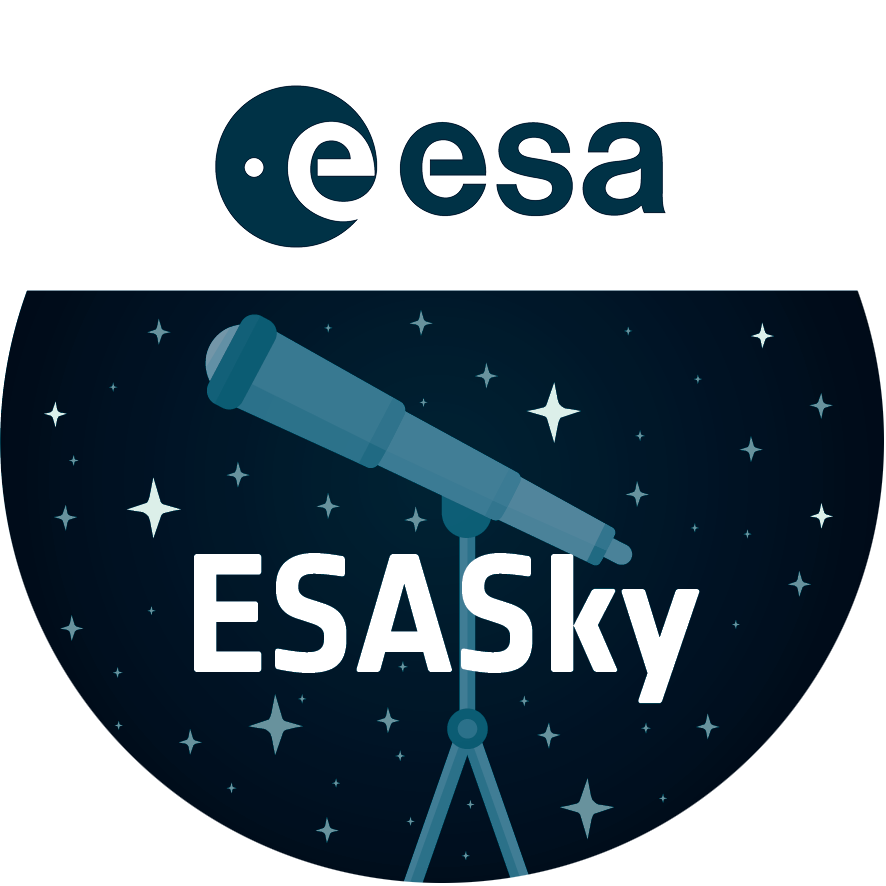Hubble captures a "five-star" rated gravitational lens
This full-size Hubble image shows galaxy cluster SDSS J1004+4112 that was discovered as part of the Sloan Digital Sky Survey. It is one of the more distant clusters known (seven billion light-years, redshift z=0.68), and is seen when the Universe was half its present age. The image is the first-ever picture of a single distant quasar lensed into five images and also shows a rich abundance of banana-like arcs from lends background galaxies and even a supernova. Four of the five quasar images are seen as star-like images surrounding the centre of the cluster. The fifth quasar image is embedded to the right of the core of the central galaxy in the cluster.
Credit:European Space Agency, NASA, Keren Sharon (Tel-Aviv University) and Eran Ofek (CalTech)
About the Image
| Id: | heic0606b |
|---|---|
| Type: | Observation |
| Release date: | 23 May 2006, 12:00 |
| Related releases: | heic0606 |
| Size: | 3598 x 2030 px |
About the Object
| Name: | SDSS J100434.05+4112 |
|---|---|
| Type: | Early Universe : Galaxy : Type : Gravitationally Lensed Early Universe : Galaxy : Grouping : Cluster |
| Distance: | z=0.68 (redshift) |
| Constellation: | Leo Minor |
| Category: | Galaxies |
Wallpapers
Coordinates
| Position (RA): | 10 4 34.59 |
|---|---|
| Position (Dec): | 41° 12' 45.65" |
| Field of view: | 3.00 x 1.69 arcminutes |
| Orientation: | North is 90.0° right of vertical |
Colours & filters
| Band | Wavelength | Telescope |
|---|---|---|
| Optical B | 435 nm |
Hubble Space Telescope
ACS |
| Optical V | 555 nm |
Hubble Space Telescope
ACS |
| Infrared I | 814 nm |
Hubble Space Telescope
ACS |


